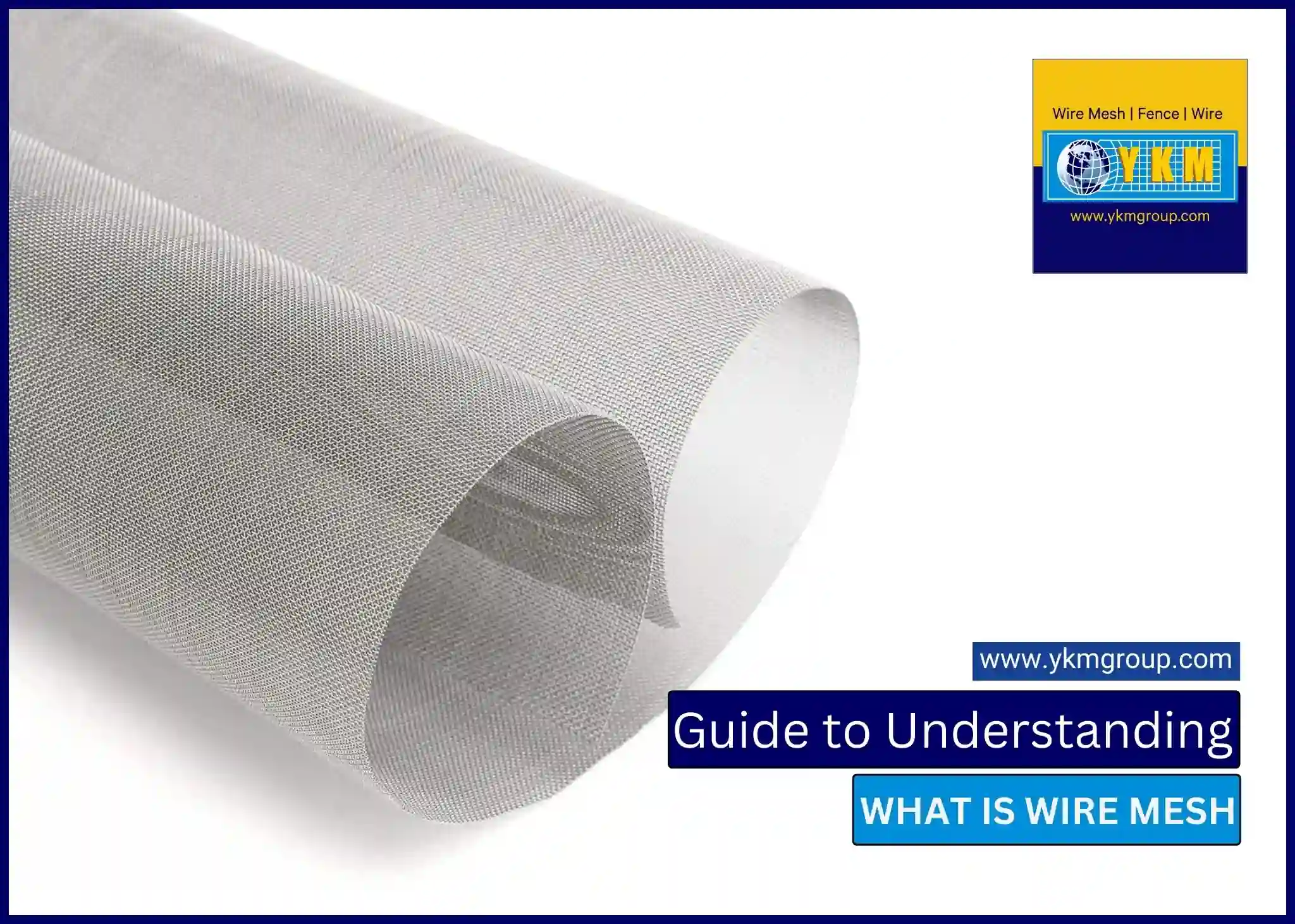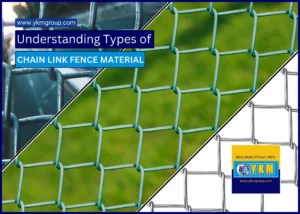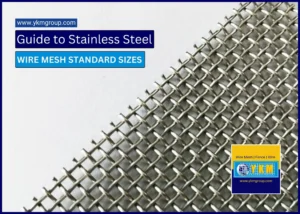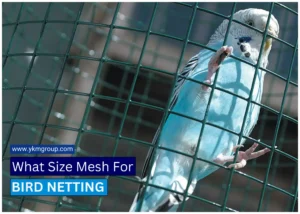Welcome to the ultimate guide to understanding what is wire mesh. Whether you’re a DIY enthusiast, a construction professional, or simply curious about this versatile material, we’ve got you covered. In this comprehensive article, we’ll delve into everything you need to know about what is wire mesh, from its composition and manufacturing process to its various mesh applications in different industries.
Wire mesh, often referred to as wire cloth or wire fabric, is a versatile material made by weaving or welding strands of metal wires together to form a mesh-like pattern. It is commonly used for its strength, durability, and flexibility in a wide range of applications, including construction, agriculture, transportation, and even arts and crafts.
Throughout this guide, we’ll explore what is wire mesh, its types, including stainless steel, galvanized, and PVC-coated. We’ll also discuss the various wire mesh sizes, gauges, and configurations to help you choose the right one for your specific needs.
Introduction to What is Wire Mesh
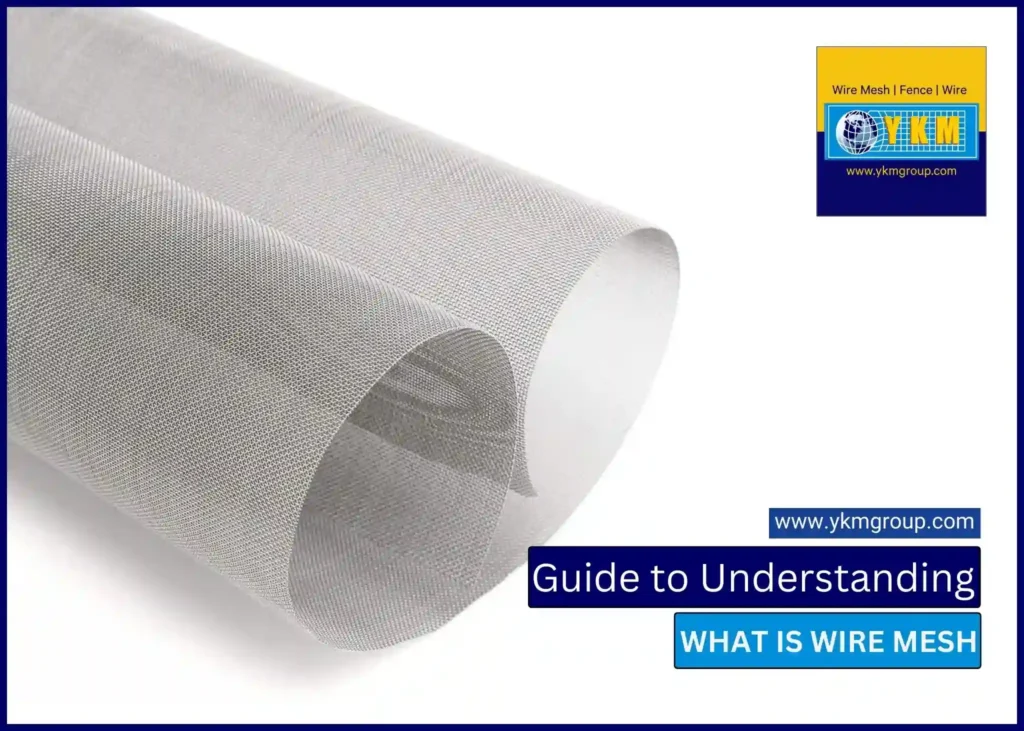
Wire mesh, often referred to as wire cloth or wire fabric, is a versatile material made by weaving or welding strands of metal wires together to form a mesh-like pattern. This pattern creates a grid of evenly spaced openings, resulting in a mesh structure that is both strong and flexible.
The wires used in wire mesh can be made from various materials, including stainless steel mesh wire, epoxy coated, copper, aluminium, nickel, low carbon, galvanized steel, and even PVC-coated options.
Wire mesh is manufactured using a variety of techniques and are available as woven and welded mesh wires. The woven mesh wire are categorized as plain weave, twill weave, and Dutch weave based on their weaving pattern.
In plain weave, the wires are woven over and under each other in a simple crisscross pattern, resulting in a uniform and symmetrical mesh. Twill weave, on the other hand, involves the wires weaving over and under multiple adjacent wires, creating a diagonal pattern. Dutch weave is similar to twill weave, but with thicker wires used in the warp direction, resulting in a tighter mesh structure.
History and Evolution of Wire Mesh
Wire mesh has been around for centuries, with evidence of its use dating back to ancient civilizations. Initially crafted by hand, the manufacturing process has evolved significantly over time, leading to the development of various types of wire mesh with distinct characteristics and applications.
Different Types of Wire Mesh
Wire mesh comes in different forms, including welded wire mesh, woven wire mesh, chicken mesh, and expanded metal wire mesh. Each type offers unique features suited for specific purposes, ranging from structural support to filtration and protection.
What is Wire Mesh Common Materials
When we look into what is wire mesh common materials, we can include various options which depends on the manufacturer manufacturing capacity. The most common materials include stainless steel, epoxy coated mesh, nickel mesh wire, copper mesh wire, aluminum mesh, low carbon steel mesh.
What is Wire Mesh Common Coating Types
Wire mesh comes in various coating, each with its own unique properties and advantages. One of the most popular types is stainless steel wire mesh, which is known for its corrosion resistance, strength, and durability. This type of wire mesh is commonly used in applications where hygiene and cleanliness are essential, such as in the food and pharmaceutical industries.
Galvanized wire mesh, on the other hand, is made by coating the wires with a layer of zinc. This coating helps protect the wire mesh from rust and corrosion, making it suitable for outdoor applications. Galvanized wire mesh is often used in construction projects, fencing, and agricultural applications.
PVC-coated wire mesh combines the strength of wire mesh with the added benefit of a protective PVC coating. This coating provides resistance against rust, corrosion, and weathering, making it ideal for outdoor applications that require durability and longevity. PVC-coated wire mesh is commonly used in landscaping, animal enclosures, and garden fencing.
Benefits of using Wire Mesh
Like understanding what is wire mesh, it is equally important to understand benefits to different wire mesh to make the right choice for your application. One of the main advantages is its strength and durability. Wire mesh is capable of withstanding heavy loads, making it suitable for applications that require structural support or reinforcement. Its durability ensures a long lifespan, reducing the need for frequent replacements.
Wire mesh also offers excellent visibility and airflow, making it ideal for applications that require transparency or ventilation. For example, in fencing, wire mesh allows for clear visibility while still providing a secure barrier. In filtration systems, wire mesh allows for the passage of air or liquid while capturing unwanted particles.
Another benefit of wire mesh is its versatility. With different mesh sizes, gauges, and configurations available, wire mesh can be customized to suit specific needs. Whether you require a fine mesh for filtering purposes or a larger mesh for structural support, there is a wire mesh option available to meet your requirements.
Wire mesh is also a cost-effective solution compared to other materials. Its relatively low production costs make it an affordable choice for various applications. Additionally, wire mesh requires minimal maintenance, reducing long-term costs and hassle.
What is Wire Mesh Fundamentals
Mesh Count
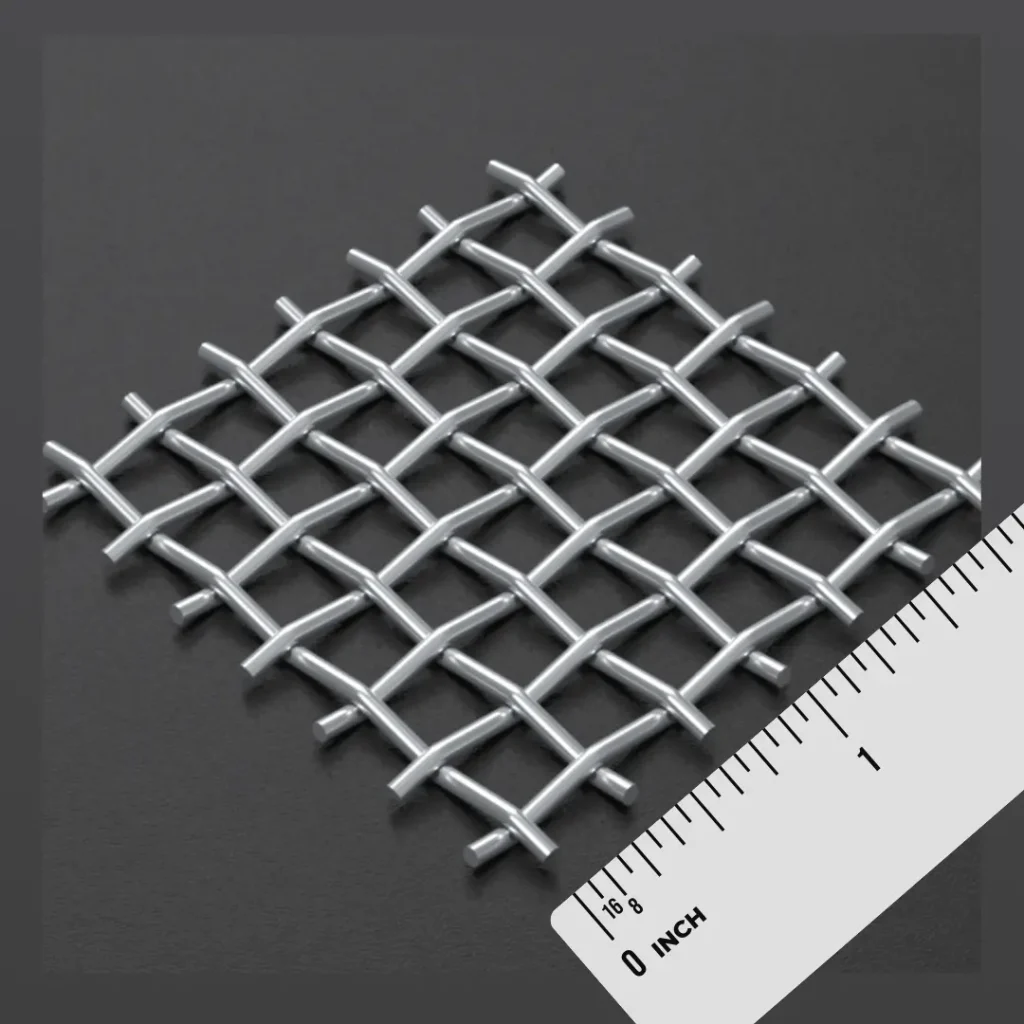
The wire mesh count is the number of opening per linear inch which is the measure of fineness or coarseness of the mesh weave.
Opening Size
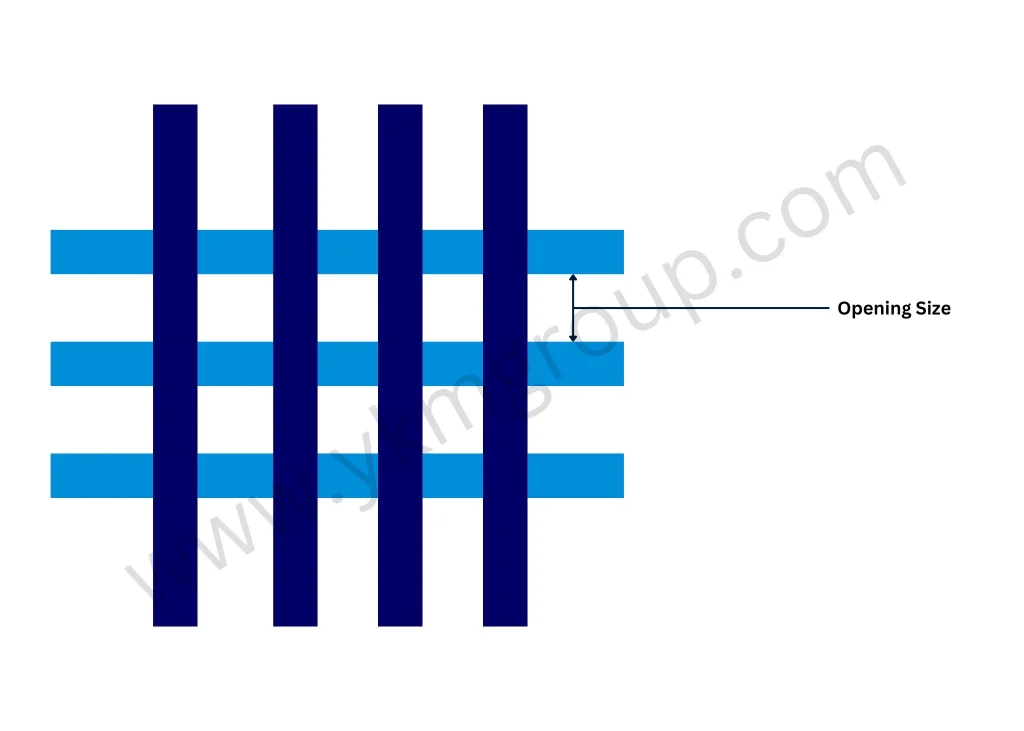
The opening size of a mesh is defined as the clear opening between each wire. This determines the size of the particles which passes through the mesh screen.
Wire Diameter
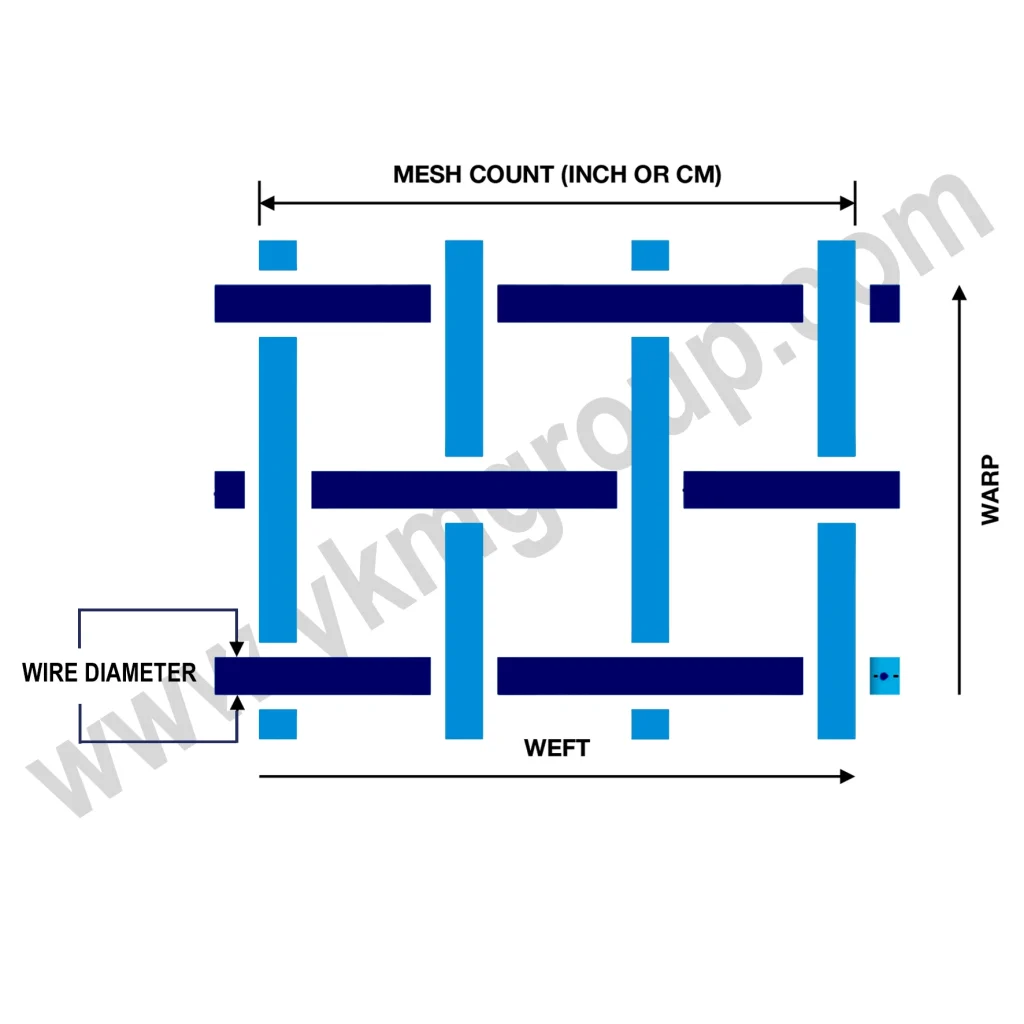
Mesh Wire diameter is the measure of the thickness of each wire in a wire mesh.
Wire Mesh Applications
Wire mesh has a wide range of uses and applications across various industries. In the construction industry, wire mesh is commonly used as reinforcement in concrete structures such as walls, slabs, and foundations. The mesh provides additional strength and stability, helping to prevent cracking and improve the overall integrity of the structure.
In the agricultural sector, wire mesh is used for fencing, animal enclosures, and crop protection. The mesh provides a barrier that keeps animals in and pests out, ensuring the safety and security of livestock and crops. Wire mesh is also used as a support structure for climbing plants in gardening and landscaping.
Wire mesh plays a crucial role in transportation as well. It is used in the manufacturing of filters for air, fuel, and oil, ensuring the purity and efficiency of various systems in vehicles and machinery. Additionally, wire mesh is used in conveyor belts, providing a durable and flexible surface for the transportation of materials in industries such as mining and manufacturing.
The versatility of wire mesh extends even to the arts and crafts industry. It is commonly used in sculpture, jewelry making, and as decorative elements in architectural designs. The flexibility and malleability of wire mesh allow artists and craftsmen to create intricate and visually stunning pieces.
Conclusion
In conclusion, understanding what is wire mesh, its types and applications can significantly sheds light on making a wise decision for your application requirement. As technology advances, wire mesh is likely to play an even more critical role in shaping the future of construction, agriculture, and other sectors.
